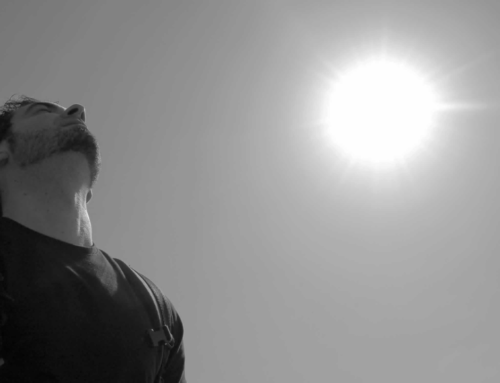Athletes often push their extremities to the limit, particularly the legs and feet, and experience pain throughout their body as a result. Heel spurs, shin splints, stress fractures and osteoarthritis (OA) often result from intense training because athletes do not take the proper steps to avoid them. Injuries to the legs are most common among athletes and if ignored they can undermine even the best spine care.
Faulty foot mechanics can cause painful conditions of both local and widespread reflex disposition, as well as disturbing the neurological patterns and postural, locomotive and visceral conduct of the body. It is important to follow up chiropractic care of the spine with an assessment biomechanics of the foot. This approach is vital not only to athletes but anyone who wants to achieve better health through fitness.
Serial distortion frequently begins in the foot and proceeds upward, or is reflected into the foot from above. The functions of the foot and ankle are weight-bearing and flexible locomotion and shock absorption. Functional disturbances involve mechanical stress and strain on muscles, ligaments, capsules, bones and joints. Clinically, I have found that adjustments of the lower extremity are needed in the majority of chiropractic visits.
Flexibility, balanced strength and good coordination are some positive aspects that can offset these problems and improve performance, but without some kind of extra support, athletes will likely still run into problems down the road. For instance, running and intense training magnifies the force on the feet and ankles by up to 3 times, making even minor imbalances a problem for athletes.
That’s why more often than not functional orthotics are needed to support the body’s foundation and add external stability that can reduce the forces and loads on the muscles, joints and connective tissues. Functional orthotics are designed to improve an athlete’s performance, ensure foot stability and reduce the chance for crippling and or permanent extremity overuse damage.
About a quarter of all the bones of the body are located in the feet. This is important testimony to the complex mechanism that enables us to stand and move in an upright position. The proprioceptive nerve network (sensors for fine tuning your movement) operates efficiently in keeping the body in proper alignment to the needs of that instant.
But the feet are small compared to the rest of the body! When the pedal extremities are not in proper function, then the rest of the body is forced to compensate for what has occurred below. The musculoskeletal system responds to the proprioceptive nerve system’s call for changes. Normal function quickly disappears because of the innate crisis intervention which takes place. In this state you can become vulnerable to many conditions that I see daily in my clinic.
You may have noticed obvious changes in your posture like head tilting to one side or differing shoulder heights. Take a look downward and you might find your feet may be flared out or your pant legs may seem to be different lengths? It’s probably not your Levi’s 501 blues, and more likely you have a leg length discrepancy and/or negative postural changes as your body has adapted to stress and learned many bad habits to keep you moving.
While problems in the upper extremity (hand, wrist, elbow & shoulder) most commonly flow down from the spine, stubborn problems can be rooted in the arms and work their way up. They are less commonly reported but should also be checked to support spinal care.
The spine is your number one priority and should always be checked and adjusted first. After that, no matter if you are still engaged in competitive sports or trying to stay fit, have your feet checked as a required part of a complete posture analysis and get the support you need to be your best.





Leave A Comment